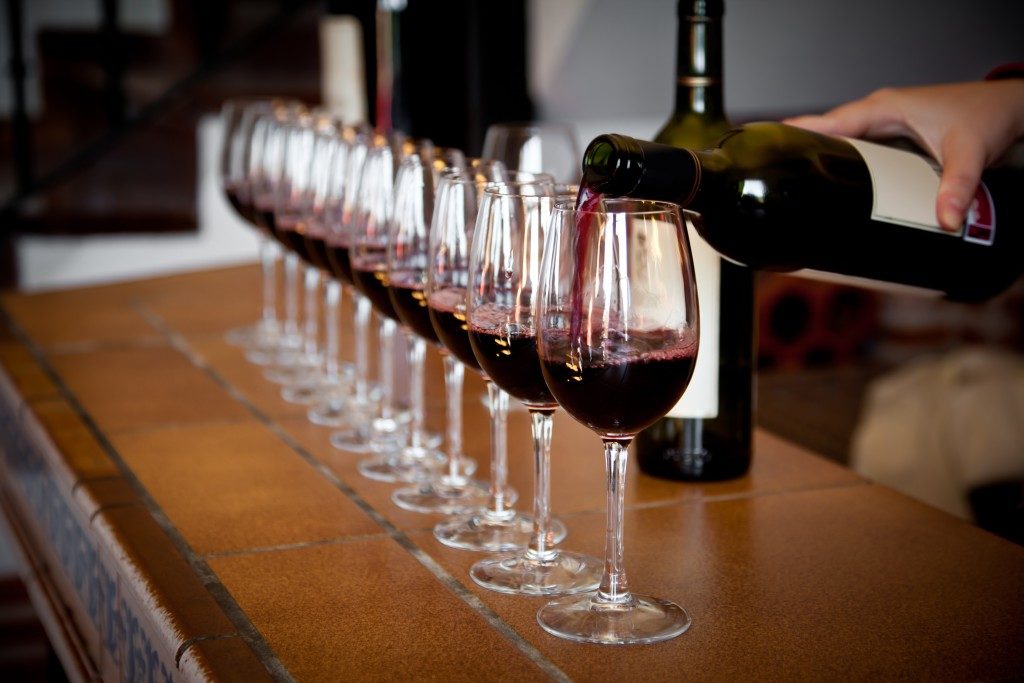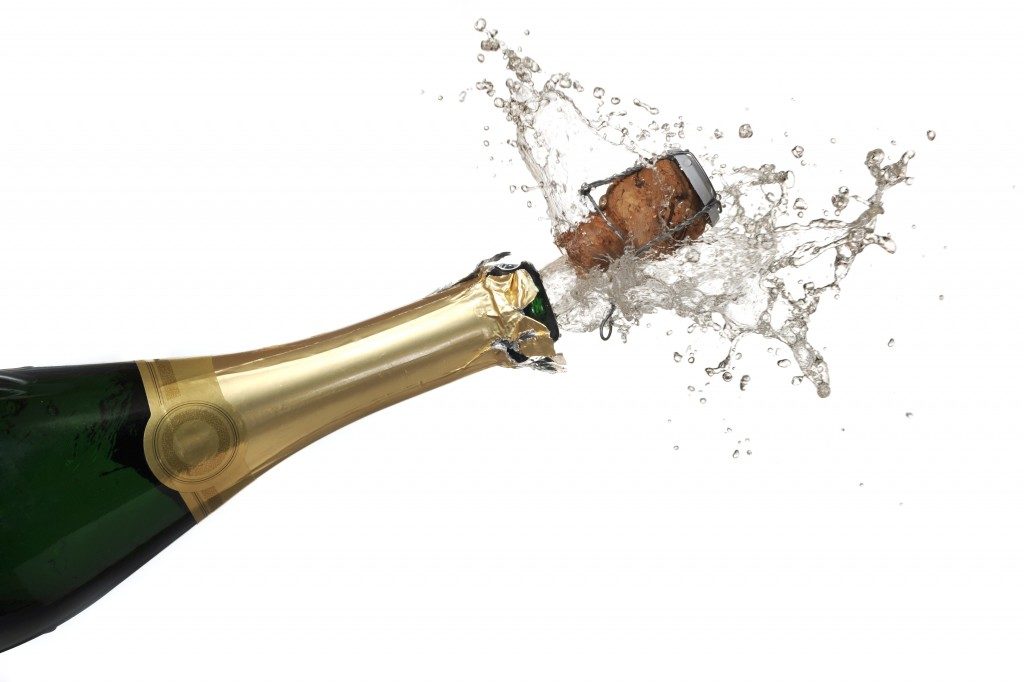Everyone enjoys a glass of wine from time to time. But, are you the true connoisseur you think you are? Don’t let all the bubbles trick you. While both champagne and sparkling wines are truly enjoyable drinks that contain that signature “pop” when uncorked and a taste of effervescence, there are significant differences that made these have two separate labels.
One of the most common questions about these beverages is what exactly is the difference between these two. Here, we provide a brief explanation of why one is not called the other.
It Takes Time to Create Perfection
Champagnes are produced using handpicked grapes that have been pressed in whole clusters. These grapes get its truly unique taste from the mild climate and chalky, mineral-rich soil where they have been grown. It needs at least 15 months to rest on the lees, whereas sparkling wine is oftentimes destemmed while it is resting on the lees. In fact, it’s not unusual for the highest quality of Cuvee champagne to take up to a decade to rest on the lees to fully mature and acquire its fine taste. In addition, champagne is not merely a name for a type of liquor. It’s actually a region in champagne, and for a drink to be called as such, it has to originate from the said region. Legally, champagne from France is the only type of sparkling wine recognized in over 70 countries. Keep this in mind the next time you send champagne gifts.
Champagne is created through a process called Méthode Traditionelle, which means the second fermentation process must occur in the exact same bottle it’s served from. Chardonnay, Pinot Noir, and Pinot Meunier grapes are the only possible ingredients of this drink. After the second fermentation process has been completed, the resulting gas will back into the wine. Then, when that cork is finally popped, this gas will be released in the form of small bubbles we often see when “happy hour” is about to begin. Yes, it does sound a little complex.
Same Old Chemistry, a More Modern Approach

Creating modern-day sparkling wine involves a much more controlled process. However, the fundamental chemistry remains the same. While Champagnes take a decade to complete, most types of sparkling wines only take a few months to be made using current-day techniques. Unlike Champagnes where the second fermentation process occurs internally, the process involved in creating sparkling wines occurs in huge, closed pressurised tanks. These are usually created with the Chenin blanc grape, although in many instances the grape used varies depending on the winemaker.
It’s important to understand the term Champagne is not exactly a mark of higher quality. It simply refers to a specific geographical location, a literal wine region. For a sparkling wine to be called Champagne, it has to originate from that French region that also produces some of the best-quality sparkling wine in the world. South Africa is also another place capable of producing great-quality sparkling wine from farms.

